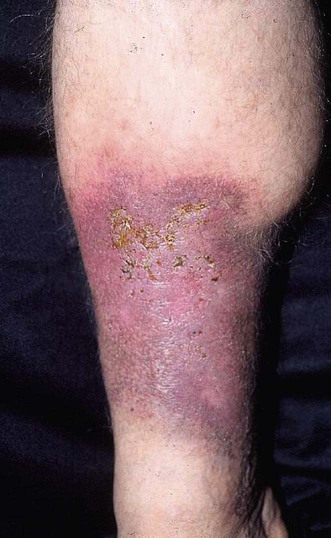Chan CC, Yang CY, Chu CY. J Am Acad Dermatol 2008; 58: 525–7.
Lipodermatosclerosis

Specific investigations
Magnetic resonance imaging as a diagnostic tool for extensive lipodermatosclerosis.
![]()
Stay updated, free articles. Join our Telegram channel

Full access? Get Clinical Tree








